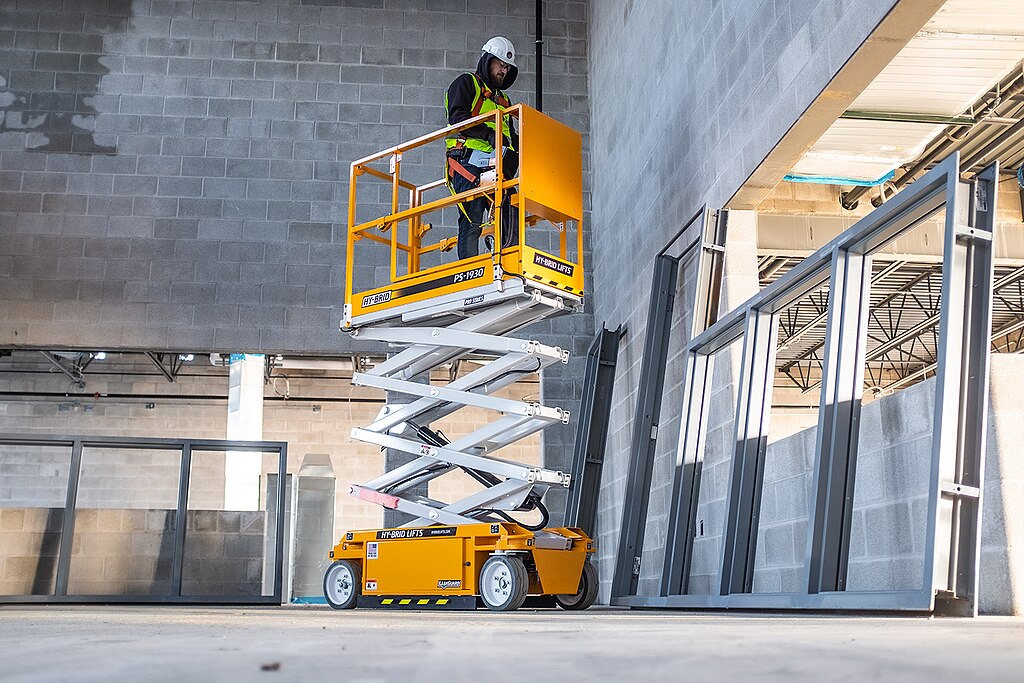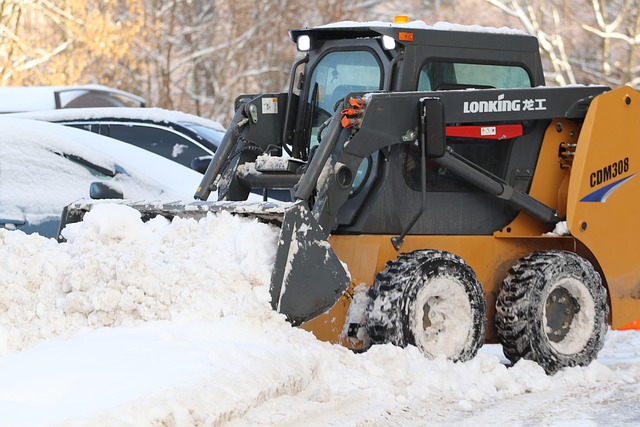Scissor Lifts: The Complete Guide to Vertical Access Solutions
Scissor lifts have revolutionized how industries approach vertical access challenges, offering stable and efficient solutions for various applications. These versatile platforms use a unique folding mechanism to extend vertically, providing safe and reliable elevation for workers and materials. Understanding their capabilities, types, and proper usage is essential for maximizing their benefits in construction, maintenance, and industrial settings.

Benefits of Scissor Lifts for Stable Vertical Elevation
Scissor lifts offer numerous advantages over traditional access methods. Their stable platform design provides a solid working surface that can accommodate multiple workers and equipment simultaneously. The compact footprint makes them ideal for confined spaces, while their self-leveling capabilities ensure safety on uneven terrain. Most importantly, scissor lifts significantly improve workplace efficiency by reducing setup time and enabling quick repositioning.
Different Types of Scissor Lifts and Their Applications
Electric scissor lifts excel in indoor environments, offering zero emissions and quiet operation perfect for retail, warehouses, and hospitals. Rough terrain scissor lifts, equipped with robust tires and four-wheel drive, handle outdoor construction sites and challenging ground conditions. Hydraulic lifts provide superior lifting capacity for heavy materials, while pneumatic models offer specialized solutions for clean room environments.
Key Specifications When Choosing a Scissor Lift
Platform height and capacity are primary considerations when selecting a scissor lift. Working height typically ranges from 15 to 50 feet, while weight capacities vary from 500 to 2,500 pounds. Power source options include electric, diesel, or hybrid systems. Additional specifications to evaluate include platform size, gradeability, turning radius, and indoor/outdoor rating.
Proper Operation and Maintenance Requirements
Regular maintenance is crucial for optimal performance and longevity. Daily inspections should check fluid levels, tire condition, and control functionality. Monthly maintenance includes lubricating moving parts, checking battery conditions, and testing safety systems. Operator training is essential and should cover load limits, stability requirements, and emergency procedures.
Current Scissor Lift Technologies and Pricing
Modern scissor lifts incorporate advanced features like automated safety systems, telematics for fleet management, and electric/hybrid power options.
| Type | Working Height | Base Price Range |
|---|---|---|
| Electric Slab | 15-32 ft | $15,000-30,000 |
| Rough Terrain | 26-50 ft | $25,000-65,000 |
| Compact Indoor | 12-20 ft | $8,000-20,000 |
Prices, rates, or cost estimates mentioned in this article are based on the latest available information but may change over time. Independent research is advised before making financial decisions.
Looking Ahead: Emerging Scissor Lift Innovations
The industry is moving toward more sustainable and intelligent lifting solutions. Battery technology improvements are extending runtime and reducing charging times. Smart diagnostics systems are enhancing maintenance efficiency, while automated safety features are becoming standard. These innovations focus on improving productivity while maintaining the highest safety standards.
The selection of an appropriate scissor lift requires careful consideration of application requirements, working environment, and specific operational needs. By understanding the various types, specifications, and maintenance requirements, organizations can make informed decisions that optimize their vertical access solutions while ensuring workplace safety and efficiency.




